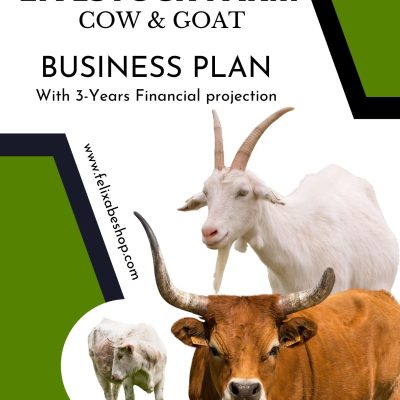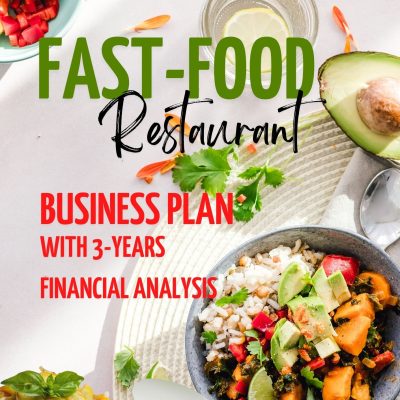In most parts of the world, including Nigeria, bread is the third most popular food staple. Almost all citizens, ethnic groups, and religious groups consume it across all continents. Everyone enjoys the smell and taste of freshly baked bread. It is one of the quickest and cheapest foods to obtain when you are hungry. With these factors in mind, we can safely conclude that starting a bread bakery business anywhere in the world will be a profitable venture.
If you’re looking for a new business to start right now, I recommend starting your own bread bakery. The profit margin is very impressive in the business.
Bread bakery is not difficult to set up if you have the financial capacity and are able to meet the authority’s requirements and regulations.
Below are the contents of the bankable business plan.
Table of Contents
EXECUTIVE SUMMARY
1.0 Business Overview
1.2 Vision and Mission
1.3 Business Legal Status
2.0 Production Plan
2.1 Production Capacity
2.2 Project Setup
3.0 Marketing Plan
3.1 Description of Product
3.2 Product Packaging and Delivery
3.3 Competition and Target Market
3.3.1 Market Intelligence Survey (for retail traders)
3.3.2 Market Intelligence Survey (for the final consumer)
Table1: Retailer Price Suggestion
3.4 Sector and Industry Analysis
4.0 Organizational and Management Plan
4.1 Management and Personnel Requirements
4.2 Details of Salary Schedule
5.0 Financial Plan/Projection
5.1 Cost and Return Analysis
5.2 Break-Even Analysis
5.3 Investment Analysis
5.4 Performance Indices of the Bakery Project
6.0 Business Risk and Mitigation Factor
6.1 Business Risks
6.2 SWOT Analysis
7.0 CONCLUSION
SURVEYS
• Environmental and Social Impact of the Value Chain Business Activities
• Loan request and repayment schedule
• Questionnaire for Retailer traders
• Questionnaire for Final consumers
LIST OF TABLES
Table1: Retailer Price Suggestion
Table 3: Personnel Requirement
Table 4: Fixed and Variable Costs
Table 5: Inputs (Raw Materials) and other Utilities
Table 6: Labour input (per annum)
Table 7: Productive Asset Requirements
Table 8: Summary of Cost Estimate
Table 9: Returns Analysis: Projections before Sale
Table 10: Returns after Sale
Table 11: Depreciation of Bakery Equipment
Table 12: Variable Cost and Gross Margin Analysis
Table 13: Projected Profit and Loss
Table 14: Annual Gross Margin and Net Profit Analysis
Table 15: Projected Balance Sheet
Table 16: MS-Excel Worksheet Showing Estimated NPV and IRR
LIST OF FIGURES
Fig 1: Industrial Baking Oven
Fig 2: Dough Moulder
Fig 3: Chart showing Price suggestions by Retailers
Fig. 4: Chart showing cost contribution of inputs and other utilities (every month)
Fig 5: Chart showing cost contribution of Personnel per month
Fig 6: Chart showing cost contribution of productive assets
Fig 7: Chart showing summary of costs in Percentage
Fig 8: Chart showing annual gross margin and net profit comparisons for five years
Fig 9: Chart showing the annual Cash Flow for five Years
35-page | PDF



